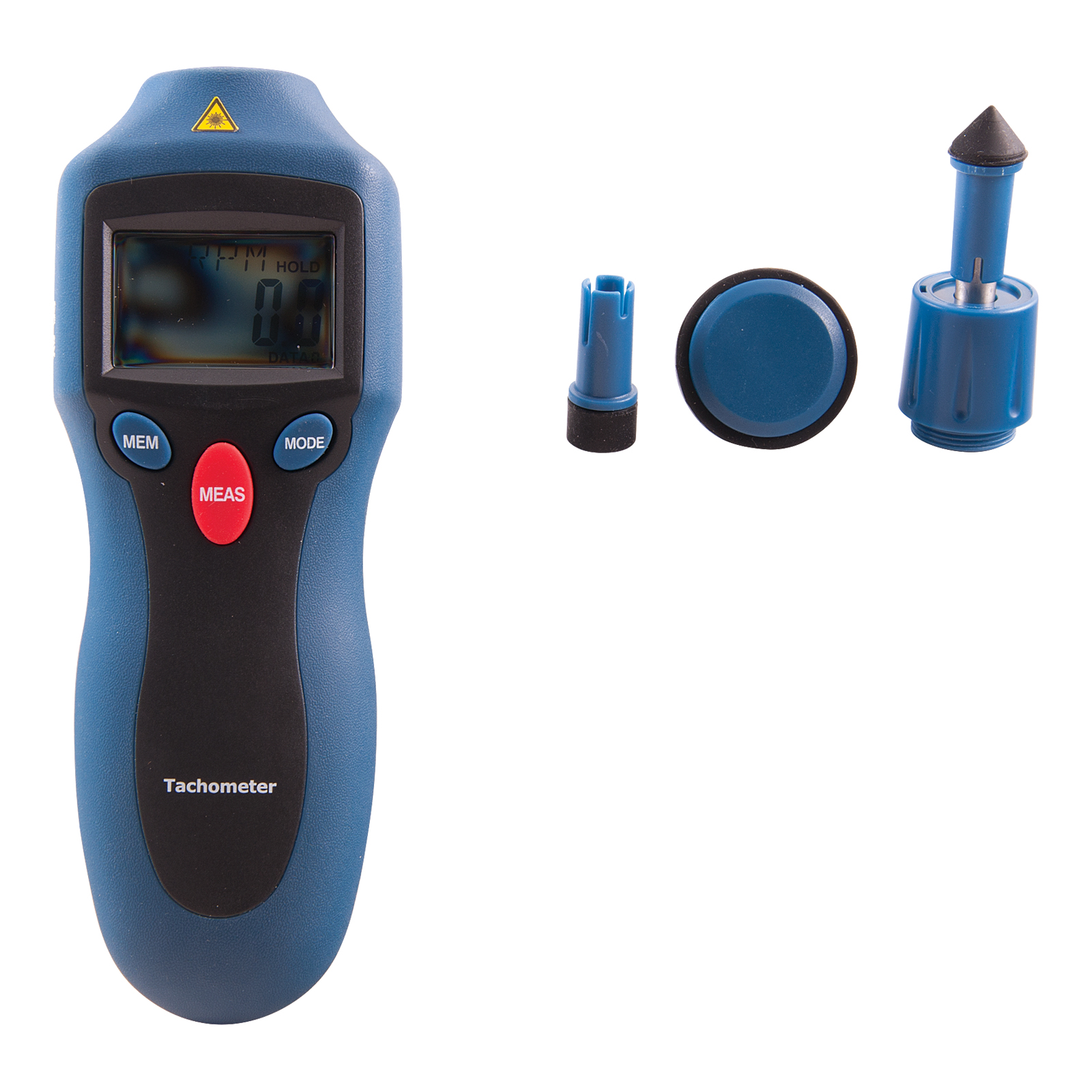How a Tachometer Aids Screen Engine Wellness and Performance
How a Tachometer Aids Screen Engine Wellness and Performance
Blog Article
The Relevance of a Tachometer in Keeping Track Of Engine Speed and Efficiency in Automotive Applications
In the world of automotive engineering, the tachometer stands as a critical instrument in the chauffeur's collection, offering a direct home window right into the inner functions of a lorry's engine. Past its function as a mere scale of changes per min (RPM), the tachometer serves as an important device for enthusiasts and experts alike, supplying real-time understandings right into engine performance and wellness.
Value of Keeping An Eye On Engine RPM
Monitoring engine RPM, or transformations per min, is an important facet of automotive upkeep and performance analysis. Engine RPM directly correlates with the rate at which the engine's crankshaft turns, showing just how rapidly the engine is running - tachometer. By keeping an eye on RPM, mechanics can evaluate the health and wellness of the engine, spot prospective issues, and fine-tune performance. An uncommon RPM analysis may indicate problems such as engine misfires, damaged stimulate plugs, or concerns with the gas distribution system. Regularly high RPM analyses might show hostile driving practices or the need for a greater gear shift to enhance fuel effectiveness.
Additionally, keeping track of engine RPM is crucial for efficiency analysis in auto racing and high-performance vehicles. In summary, keeping an eye on engine RPM is not only important for identifying issues yet also for optimizing engine efficiency in numerous vehicle applications.

Advantages of Real-Time Data
In auto applications, real-time information plays an essential role in giving immediate understandings into the performance and problem of the car. By constantly checking different parameters such as engine rate, temperature, gas consumption, and more, real-time data supplies various benefits that add to enhanced efficiency and safety and security when driving.
Additionally, real-time data facilitates performance optimization by offering immediate comments on driving behaviors and engine effectiveness. Vehicle drivers can adjust their behavior in real-time based on this information to attain far better gas economic situation and extend the life expectancy of their automobile.

Furthermore, real-time information plays a crucial role in contemporary auto diagnostics, making it possible for professionals to swiftly identify and attend to breakdowns. This results in minimized downtime, reduced maintenance costs, and eventually, enhanced general car dependability and longevity (tachometer). By try this site using the power of real-time information, automotive stakeholders can make informed choices that favorably affect both the efficiency and long life of the vehicle
Effect On Equipment Shifts
The tachometer plays a crucial role in enhancing gear shifts by giving real-time engine rate data to the chauffeur. When coming close to the redline on the tachometer, it indicates the driver to upshift to protect against over-revving the engine and triggering possible damages.
In addition, the tachometer aids in attaining smoother gear shifts, especially in hands-on transmissions. By checking engine speed, drivers can perform equipment changes at the ideal RPM array, decreasing jerking activities and reducing endure the transmission elements. This accuracy in gear adjustments not just enhances driving comfort but likewise adds to sustain effectiveness.
Enhancing Gas Efficiency
Given the essential role the tachometer plays in maximizing gear shifts for efficiency and engine wellness, it directly adds to taking full advantage of fuel performance in automotive applications. By offering real-time feedback on engine speed, the tachometer helps chauffeurs in maintaining the most reliable RPM variety for gas economic situation. When drivers regularly keep an eye on the tachometer and change their driving practices as necessary, they can stay clear of unnecessary gas consumption triggered by over-revving or lugging the engine.
Furthermore, the tachometer assists motorists identify the most fuel-efficient equipment to be in at any provided minute, avoiding the engine from working tougher Learn More than needed. In conclusion, the tachometer serves as an important device in improving fuel effectiveness by advertising ideal driving behaviors and recognizing areas for improvement in the automobile's efficiency.

Making Best Use Of Engine Long Life
The tachometer's role in monitoring engine speed and performance is instrumental in guaranteeing the durability of vehicle engines. By using the tachometer efficiently, drivers can enhance engine longevity with conscious RPM administration. Constantly revving an engine expensive can result in extreme wear and tear on vital elements, such as the pistons, shutoffs, and bearings. Over time, this can result in decreased engine efficiency and potential malfunctions. Checking the tachometer permits chauffeurs to stay within the suggested RPM array for their car, stopping unnecessary strain on the engine and prolonging its lifespan.

Verdict
To conclude, the tachometer plays a crucial function in monitoring engine speed and performance in auto applications. By providing real-time data on RPM, it permits for effective equipment changes, boosted fuel effectiveness, and made the most of engine longevity. This tool is vital for maintaining optimal engine performance and ensuring the general functionality of a lorry.
Report this page